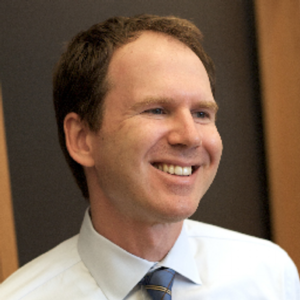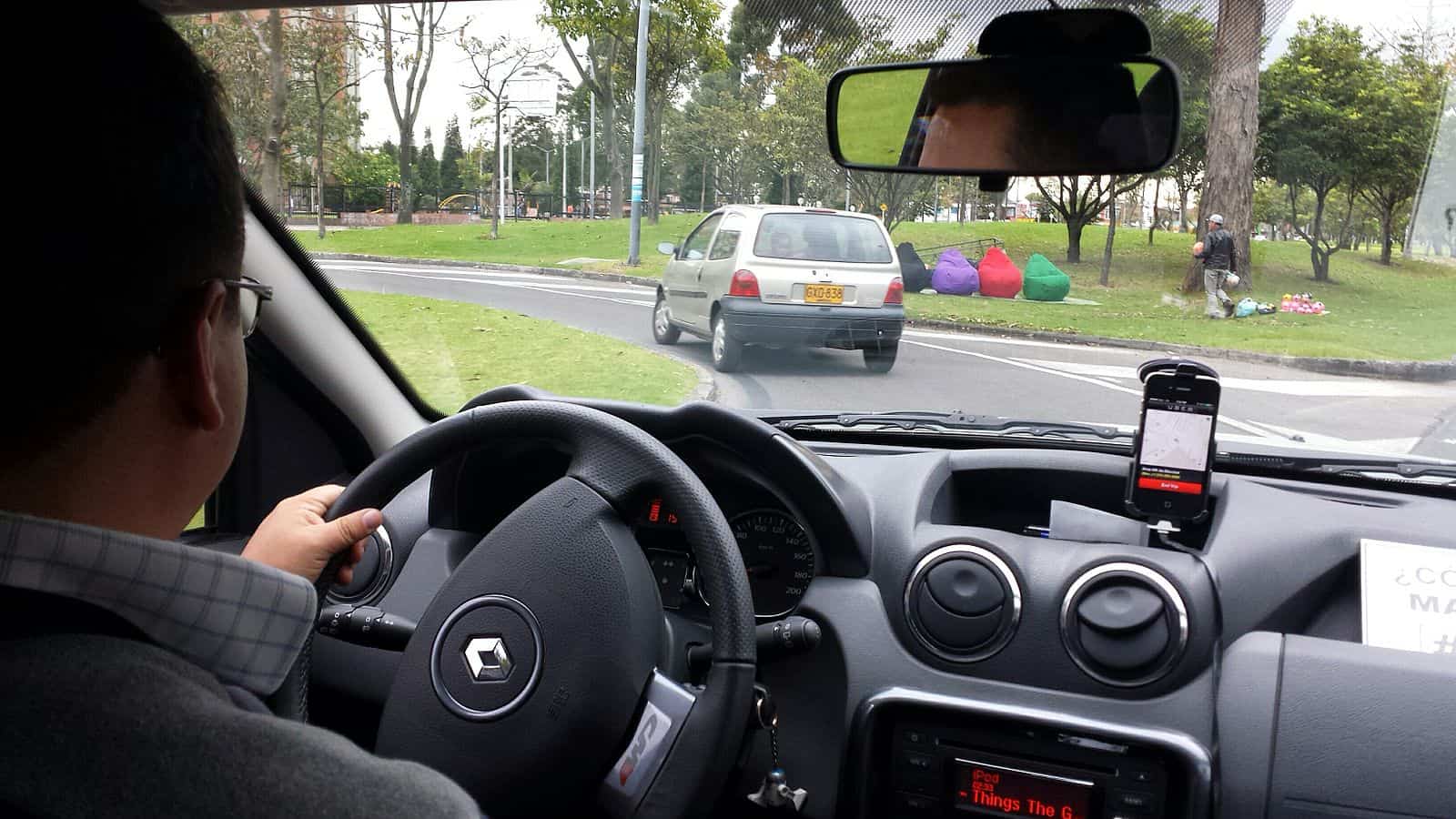
Benjamin Sachs is the Kestnbaum Professor of Labor and Industry at Harvard Law School and a leading expert in the field of labor law and labor relations. He is also faculty director of the Center for Labor and a Just Economy. Professor Sachs teaches courses in labor law, employment law, and law and social change, and his writing focuses on union organizing and unions in American politics. Prior to joining the Harvard faculty in 2008, Professor Sachs was the Joseph Goldstein Fellow at Yale Law School. From 2002-2006, he served as Assistant General Counsel of the Service Employees International Union (SEIU) in Washington, D.C. Professor Sachs graduated from Yale Law School in 1998, and served as a judicial law clerk to the Honorable Stephen Reinhardt of the United States Court of Appeals for the Ninth Circuit. His writing has appeared in the Harvard Law Review, the Yale Law Journal, the Columbia Law Review, the New York Times and elsewhere. Professor Sachs received the Yale Law School teaching award in 2007 and in 2013 received the Sacks-Freund Award for Teaching Excellence at Harvard Law School. He can be reached at [email protected].
As Uber has done countless times before, it argued in a recent NYT op-ed that the firm can’t possibly classify its drivers as employees because doing so would undermine the core feature of its business model: “flexibility.” I have argued many times myself that Uber’s argument about flexibility is nothing more than a myth; that workers – including drivers – can be classified as employees and still operate with robust flexibility. Uber has now admitted as much. In yesterday’s NYT, we learned that Uber is considering transitioning to a business model according to which it would license its brand “to operators of vehicle fleets in California.” As Veena explains in a new post, this franchise model would allow Uber to continue hiding from its responsibility to the drivers. But, there’s another critical point here: under such a licensing and franchise model, the drivers would be employees of the vehicle fleets operating under Uber’s name. So, puzzle me this: if the Uber model can function with drivers classified as employees of the fleets, why can’t it function with drivers classified as employees of Uber? The answer is the same as it has always been: employment status is completely consistent with Uber’s successful operation. The firm doesn’t want anyone to believe this because employment status would require it to transfer additional income to the drivers. But that has nothing to do with flexibility. It has everything to do with their bottom line.









Daily News & Commentary
Start your day with our roundup of the latest labor developments. See all
July 6
Municipal workers in Philadelphia continue to strike; Zohran Mamdani collects union endorsements; UFCW grocery workers in California and Colorado reach tentative agreements.
July 4
The DOL scraps a Biden-era proposed rule to end subminimum wages for disabled workers; millions will lose access to Medicaid and SNAP due to new proof of work requirements; and states step up in the noncompete policy space.
July 3
California compromises with unions on housing; 11th Circuit rules against transgender teacher; Harvard removes hundreds from grad student union.
July 2
Block, Nanda, and Nayak argue that the NLRA is under attack, harming democracy; the EEOC files a motion to dismiss a lawsuit brought by former EEOC Commissioner Jocelyn Samuels; and SEIU Local 1000 strikes an agreement with the State of California to delay the state's return-to-office executive order for state workers.
July 1
In today’s news and commentary, the Department of Labor proposes to roll back minimum wage and overtime protections for home care workers, a federal judge dismissed a lawsuit by public defenders over a union’s Gaza statements, and Philadelphia’s largest municipal union is on strike for first time in nearly 40 years. On Monday, the U.S. […]
June 30
Antidiscrimination scholars question McDonnell Douglas, George Washington University Hospital bargained in bad faith, and NY regulators defend LPA dispensary law.